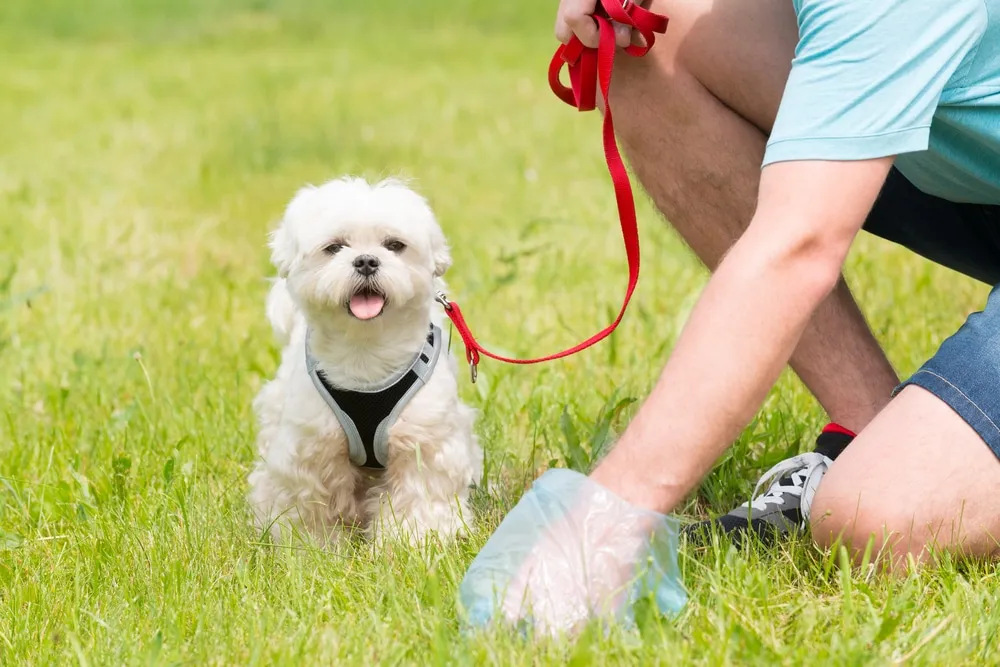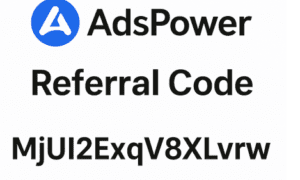Owning a dog brings undeniable joy—loyal companionship, energetic greetings, and unconditional love. But along with these rewarding moments comes a less glamorous duty that all dog owners must face: cleaning up after their pets. Pet waste may seem like a minor nuisance, but in reality, it has a much bigger impact on your home, your health, and your environment than many people realize.
Neglecting this part of pet ownership doesn’t just lead to a smelly yard; it contributes to the spread of harmful bacteria, attracts pests, and can even put human health at risk. That’s where dog waste removal becomes more than just a chore—it becomes an essential part of responsible pet care.
In this guide, we’ll explore why managing pet waste is so important, the best methods and tools for cleaning up after your dog, the growing industry of professional cleanup services, and how proper waste removal contributes to a healthier lifestyle for both pets and people.
The Hidden Dangers of Pet Waste
For most people, dog waste is a gross inconvenience. But what often goes unnoticed is the hidden threat it poses when left unmanaged. A single gram of dog feces can contain millions of bacteria, parasites, and other pathogens. These include:
- E. coli
- Salmonella
- Giardia
- Hookworms and roundworms
These microorganisms don’t just stay in your backyard. They can easily be tracked indoors on shoes or paws, contaminate local water supplies through runoff, or spread illness to other pets and people.
Unlike the waste from wild animals, dog waste is not a natural fertilizer. In fact, it can damage grass and plants due to its high acidity and bacteria load. That’s why proper dog waste removal is essential—not just for appearance, but for maintaining a clean and safe living environment.
The Impact on Your Home and Lifestyle
1. Odor Control
Dog waste, especially when left to accumulate, produces a strong, unpleasant odor that can linger in yards and even waft into open windows. Regular cleanup helps eliminate the source of these smells and keeps your outdoor spaces enjoyable.
2. Pest Prevention
Leftover waste can attract flies, rats, and other scavengers. These pests not only cause additional nuisance but can also bring disease and create secondary infestations. Eliminating waste quickly minimizes the chances of drawing unwanted visitors to your property.
3. Appearance and Usability
A yard littered with pet waste is unappealing and unusable. Children can’t play freely, guests won’t want to spend time outside, and even your own dog may avoid certain areas. By staying on top of cleanup, you can maintain a welcoming and functional outdoor space.
4. Avoiding Accidents
No one wants to step in a mess. Routine dog waste removal helps prevent these unfortunate mishaps and ensures your lawn or garden remains a place of relaxation—not frustration.
Daily Cleanup Methods
Whether you have one dog or several, waste cleanup needs to be a daily responsibility. Fortunately, there are several tools and strategies that make the job more manageable.
• Poop Bags
The most common solution is the classic plastic poop bag. These are easy to carry on walks and allow for immediate disposal. Many brands now offer biodegradable options, which are better for the environment.
• Poop Scoop Tools
For those managing cleanup at home, tools like a poop scooper or rake and bin set make waste collection easier, especially for larger properties or multiple-dog households.
• Flushable Waste Systems
Certain systems allow for pet waste to be flushed down the toilet or collected in pet-specific septic systems, reducing landfill waste and minimizing odor.
• Composting (Specialized Systems Only)
While traditional composting is not recommended due to the bacteria in dog waste, there are specialized compost systems designed to safely break down pet waste. These should never be used near edible gardens, but they are an eco-friendly alternative for disposal.
Frequency Matters
The timing of dog waste removal plays a major role in effectiveness. Ideally, waste should be picked up immediately or at least once a day. Delayed cleanup not only increases odor and risk but also makes the task more unpleasant as waste degrades and becomes more difficult to handle.
If daily cleanup isn’t possible, aim for at least three times per week. Marking specific cleanup days or using reminders can help make the process more consistent and manageable.
Professional Dog Waste Removal Services
For busy pet owners or those unable to manage cleanup themselves, professional dog waste removal services offer an effective solution. These services typically involve trained technicians who visit your home on a regular schedule—weekly, bi-weekly, or even daily—to clean up and properly dispose of pet waste.
Benefits of Hiring a Service
- Convenience: No need to worry about remembering cleanup days or rushing to pick up before guests arrive.
- Thoroughness: Pros are trained to spot and clean all waste, even in hard-to-see areas or tall grass.
- Sanitization: Many services offer deodorizing or disinfecting treatments for lawns and patios.
- Time Savings: Free up your schedule for more enjoyable activities with your dog.
While some see it as a luxury, hiring a cleanup service is increasingly viewed as a practical solution, especially in households where time is limited or mobility is an issue.
Environmental Considerations
With millions of dogs worldwide producing tons of waste each year, improper disposal contributes to a growing environmental issue. Plastic poop bags alone add to landfill waste, and improperly discarded feces can pollute rivers, streams, and soil.
Here’s how to reduce the environmental impact of pet waste:
- Choose compostable bags certified by reputable environmental standards.
- Avoid tossing waste into storm drains, which leads directly to water systems.
- Consider dedicated pet waste composters to break down waste safely.
- Don’t use pet waste in food gardens—stick to ornamental or flower gardens if composting.
Every small effort helps. Making smarter disposal choices ensures a healthier planet and sets a good example for the community.
Training Your Dog to Help You Help Them
Believe it or not, you can train your dog to make dog waste removal easier. With patience and positive reinforcement, dogs can learn to use a designated area of the yard to go to the bathroom. This practice offers several benefits:
- Keeps waste confined to one area, simplifying cleanup.
- Reduces wear and tear on the lawn.
- Allows for faster training and potty breaks.
Pair this training with a clearly marked area—gravel, mulch, or even artificial turf—to create a dog-friendly bathroom spot in your backyard.
Common Mistakes to Avoid
Even the best intentions can fall short without proper technique. Here are some common mistakes pet owners make when handling dog waste:
- Delaying cleanup: Waiting too long leads to odor, pests, and a harder job later.
- Using non-biodegradable bags: These stay in landfills for years.
- Disposing of waste in inappropriate places: Always follow guidelines for public or shared spaces.
- Assuming it’s just fertilizer: Dog waste is acidic and can damage grass rather than help it grow.
- Letting waste accumulate indoors: Indoor training pads or litter areas must be cleaned promptly as well.
Avoiding these pitfalls ensures your home stays fresh, clean, and healthy for everyone in it.
Final Thoughts
Owning a dog comes with immense rewards, but it also requires responsibility—especially when it comes to hygiene. Proper dog waste removal isn’t just a kindness to neighbors or a way to protect your lawn. It’s a public health necessity, a step toward environmental care, and a demonstration of thoughtful pet ownership.
Whether you’re handling cleanup on your own with tools and biodegradable bags, or choosing to hire a professional service, the key is consistency. Regular removal prevents the spread of disease, reduces unpleasant odors, and preserves the beauty and function of your outdoor space.
Clean yards, happy pets, and healthier communities begin with small, daily habits. And when it comes to those habits, there are few more impactful than simply picking up after your dog.





























